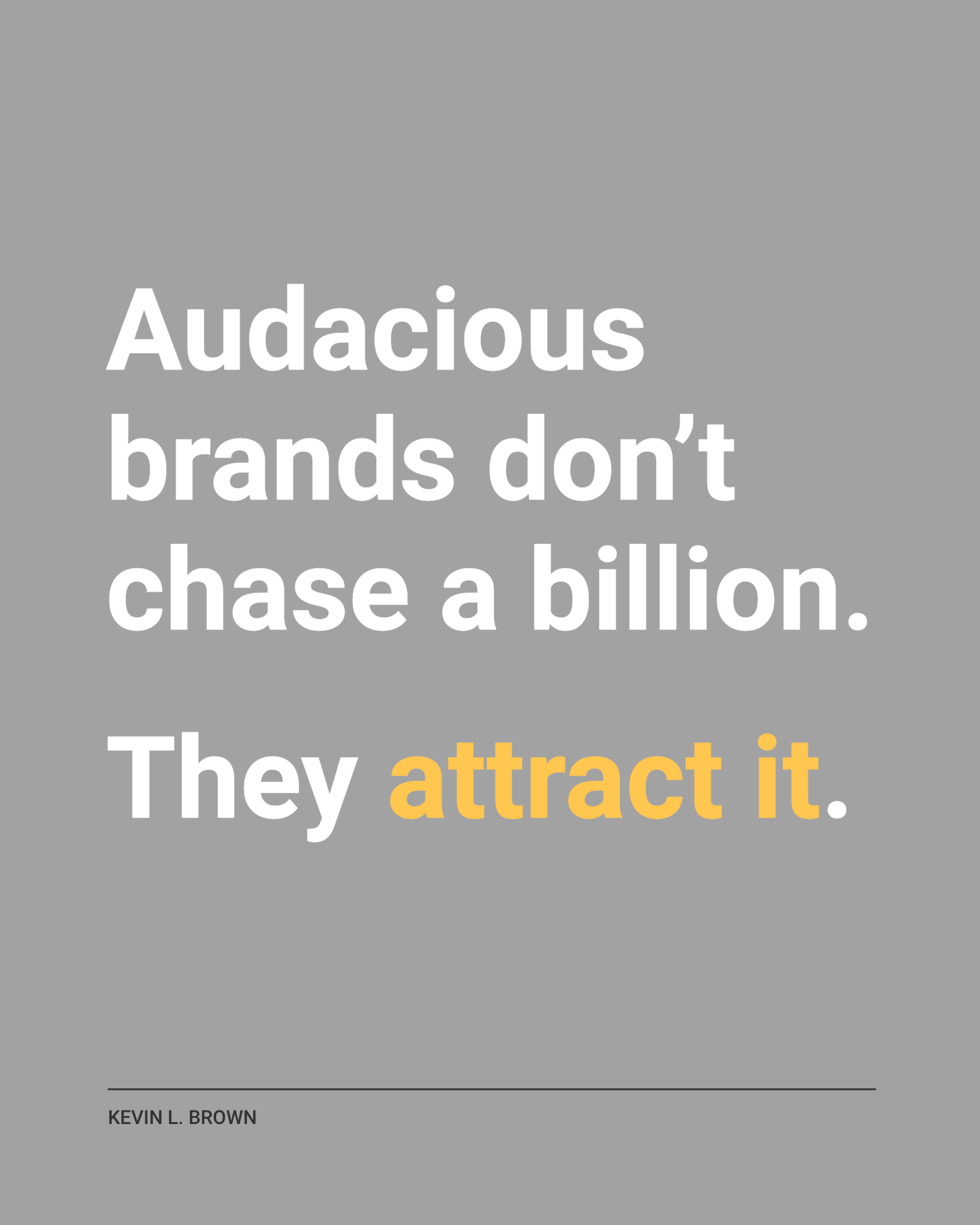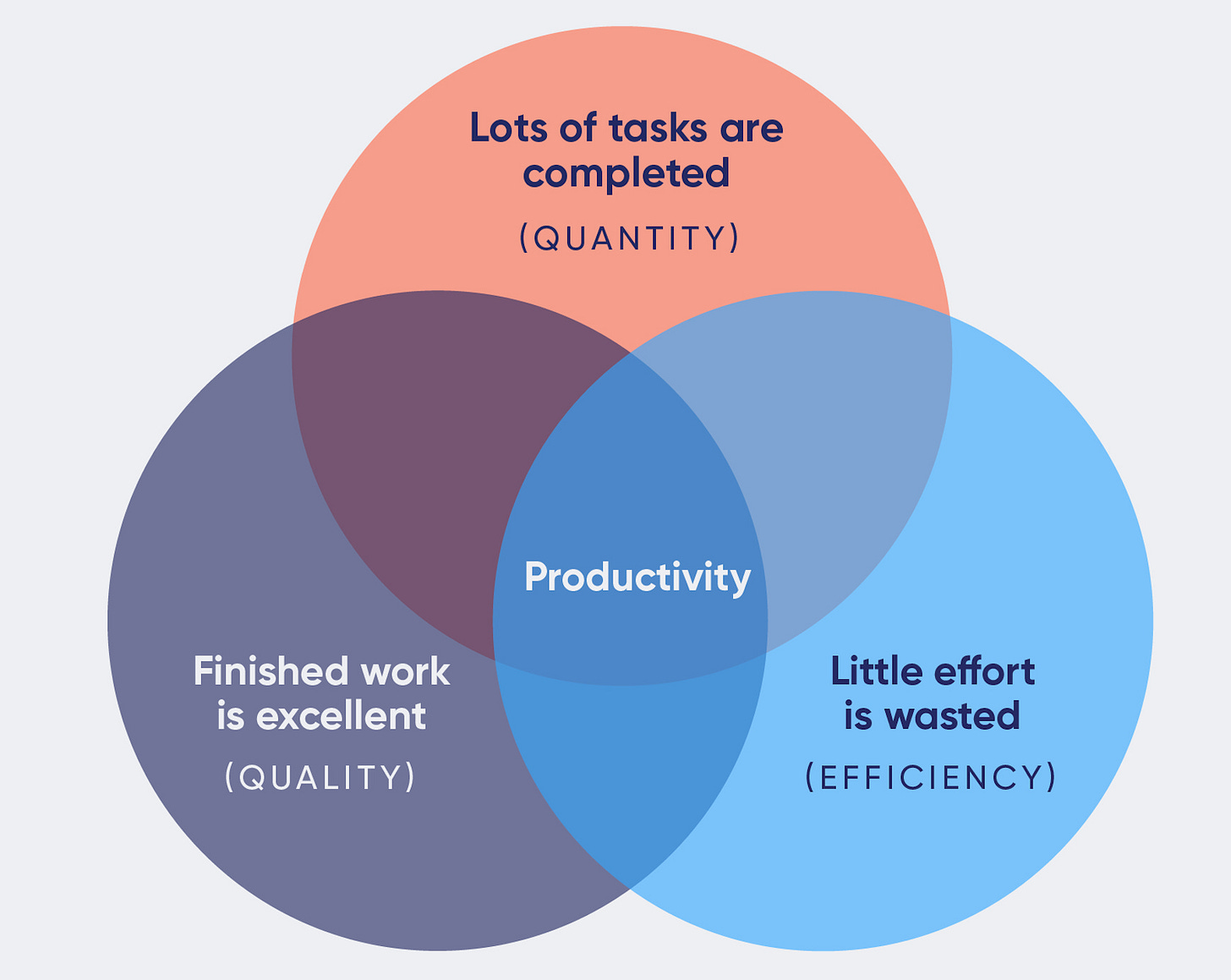Audacious brands don’t chase a billion. They attract it.
$1 billion in grants is up for grabs to 10 nonprofits.
Applications are due in just three weeks. But…
How do you win The Audacious Project?
And is it worth applying?
It’s been mysterious.
↳ Until now.
So here are 7 insights from Inside Philanthropy:
Created by TED, The Audacious Project is a funding collaborative including donors such as Gates, MacKenzie Scott, and Richard Branson. Plus institutions like ELMA, Emerson Collective, and MacArthur Foundation.
The project has granted $4.2 billion in unrestricted funding since 2018. Get this: fewer than a dozen U.S. foundations distribute as much money annually.
More than 1,000 nonprofits apply each year. Audacious seeks full applications from only 75. Then the donors narrow 20 semifinalists down to 8–10 that actually pitch for funding.
The two-day pitch event is “like something between a charity gala and Shark Tank.” The 8–10 finalists record their own TED Talk. Each donor, typically in attendance, opts into funding that nonprofit or not.
Organizations with lived experience and scientific advances seem to be favored. Financial and organizational health are factors. And winners have annual budgets of $1 million or more.
The program has goals for more Global South solutions. But the project’s 44 funders/partners are mostly based in the United States. And the FAQs state that all conversations and the TED Talk itself must be in English — effectively eliminating much of the world.
Audacious is run by a 16-person operation. Plus, 40+ experts and consultants like The Bridgespan Group. However, most of the staff looks to be based in the U.S. or Europe. For such massive international influence, it urgently needs more Global South representation.
And here’s the kicker:
“There’s plenty more one could wish for from Audacious,” says Michael Kavate. “There’s also the mind-bending reality that one of the United States’ largest funders depends on a bunch of billionaires making life-changing decisions at a supercharged charity gala, featuring those high-stakes pre-recorded funding pitches.”
“But if appealing to the richest donors is among your goals — and for most nonprofits it has to be, given the increasingly top-heavy nature of the sector — you should probably take notes. With more than $1 billion in awards in its latest round, few are doing it as well as Audacious.”
So are there a billion reasons to apply?
Or a billion ways to falter?
I’d typically say:
Your audacious brand means chasing ends and attracting begins. Because fundraising is mostly farming, not hunting.
So to get funding, spend your time becoming fundable and findable.
But what do you think?
Are these prizes worth the effort?
Let me know in the comments. ⤵
💪🏽💛
The Daily Bonus
I've written about the power of artificial intelligence for nonprofits. Like how 73% of marketers already use generative AI in the private sector. And that nonprofit brands can catch up with this big list of the 40 best AI comms tools.
So I loved this recent Substack from
: Accessible AI, with “the nuts and bolts of creating personalized GPTs for tackling your workload.”“Imagine a technology adapted to you, not the other way around. One where no specialized language or coding is required. One with access to every specialized field of study. With a personal GPT (Generative Pre-trained Transformer), that is now possible. This powerful tool, customized to your unique data, becomes an extension of yourself, streamlining communication, boosting productivity, and fueling innovation.”




Thanks for the shout out! Much appreciated!